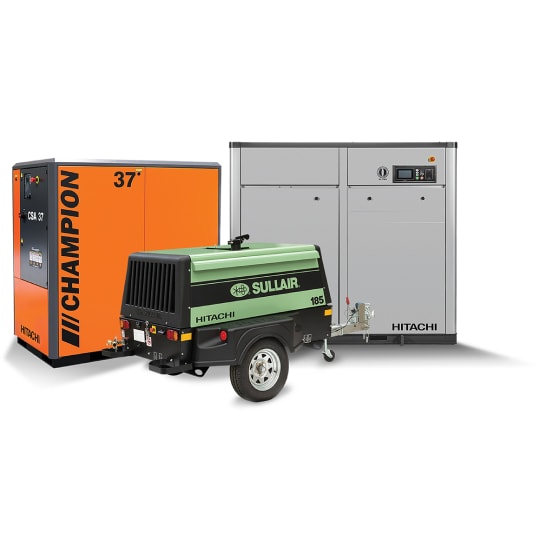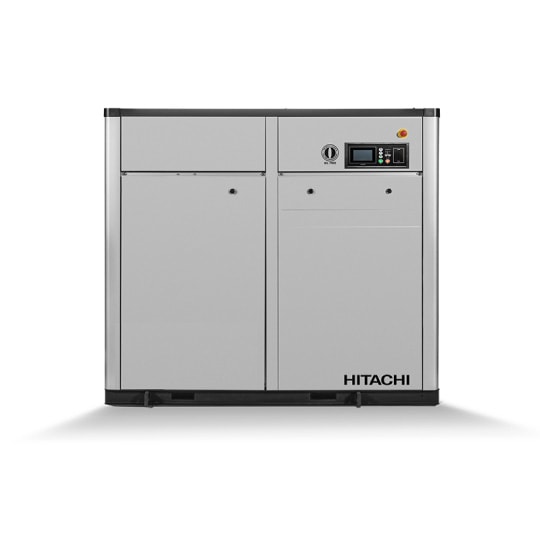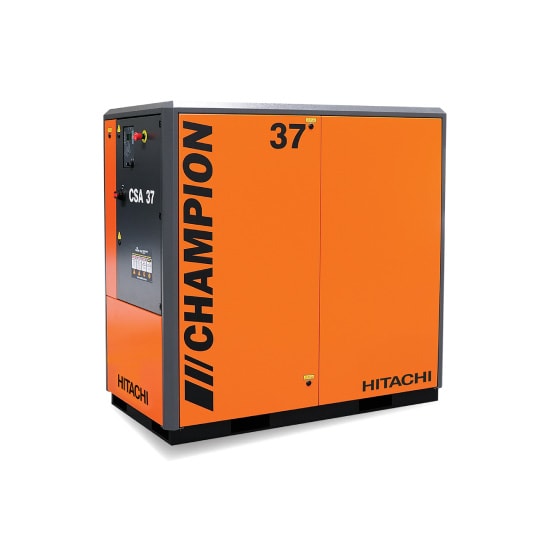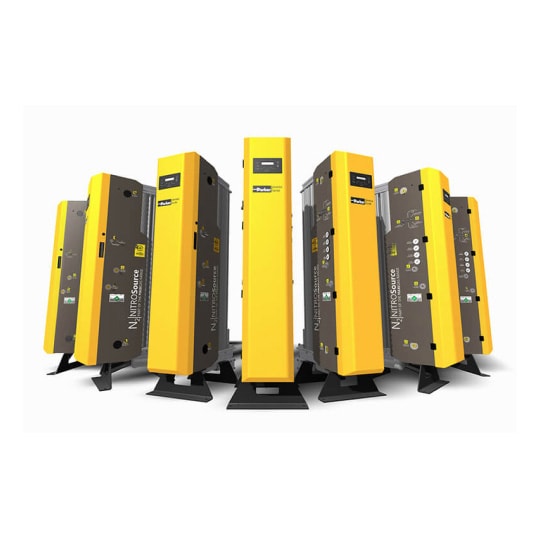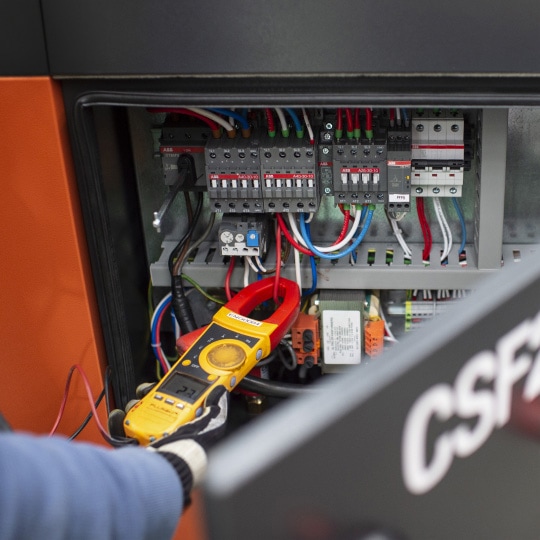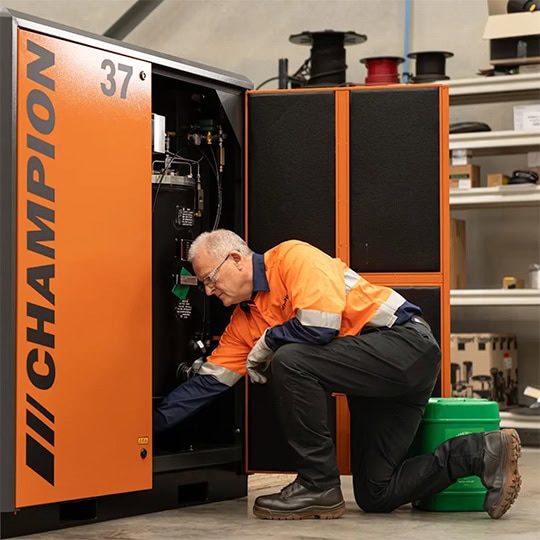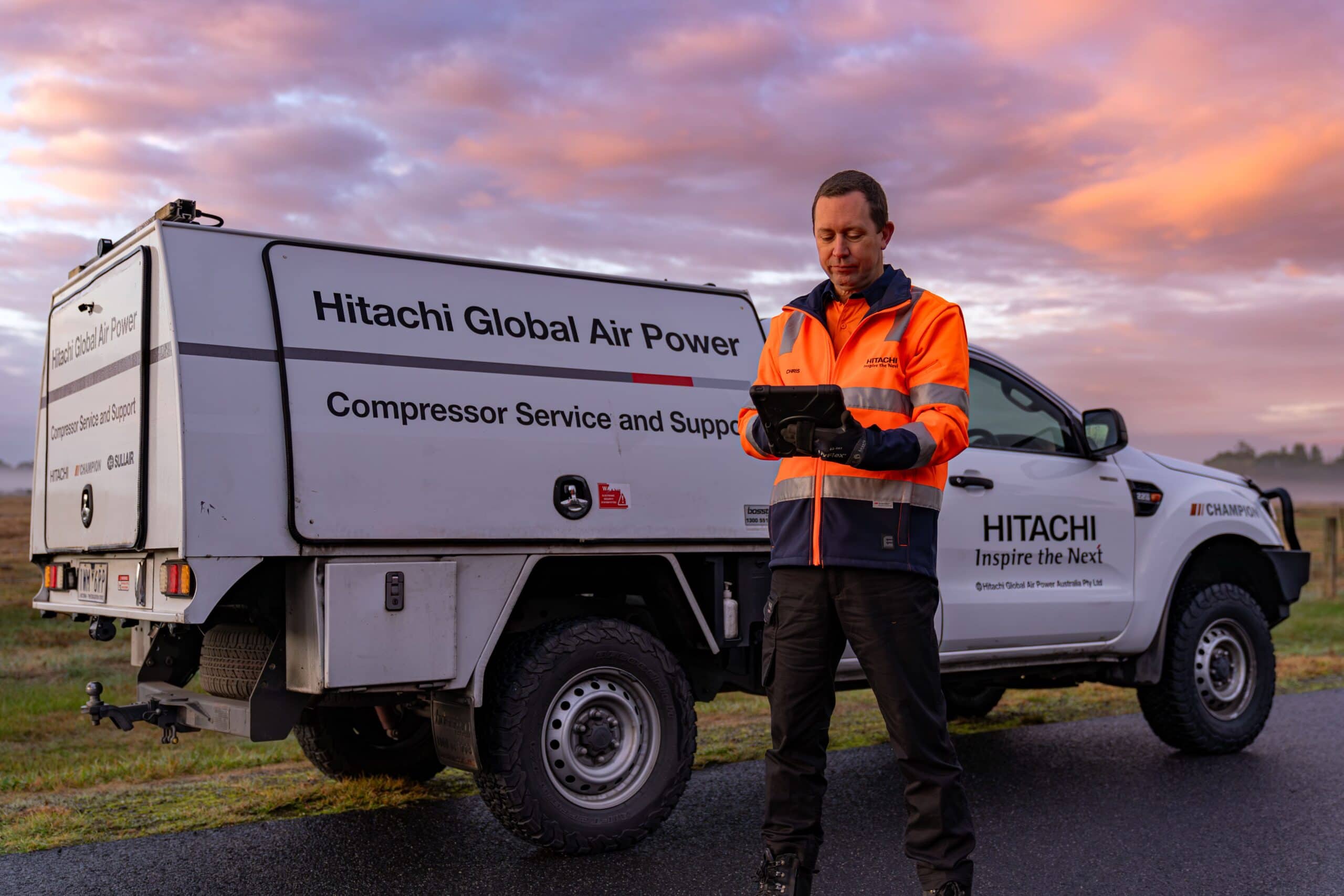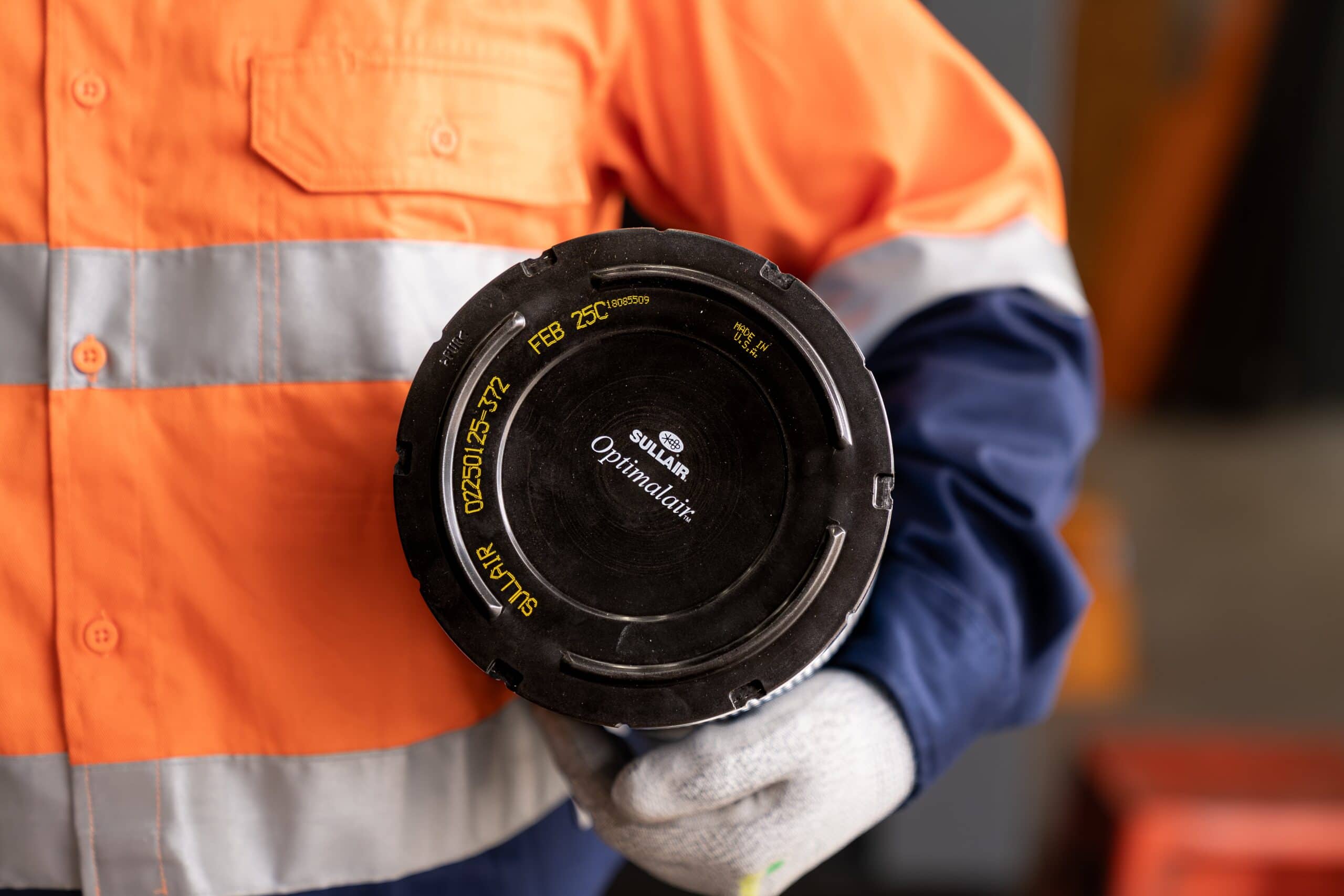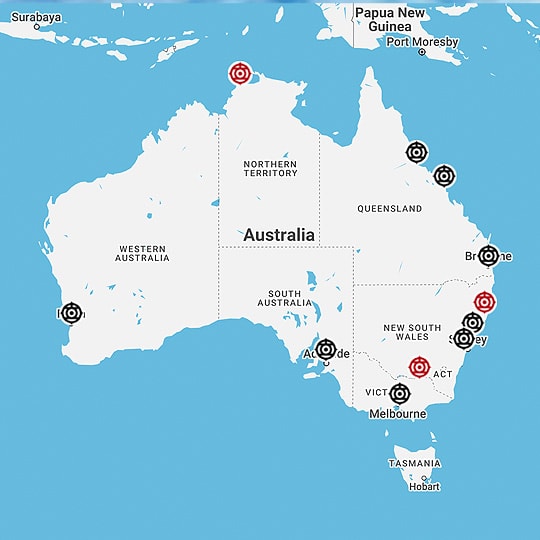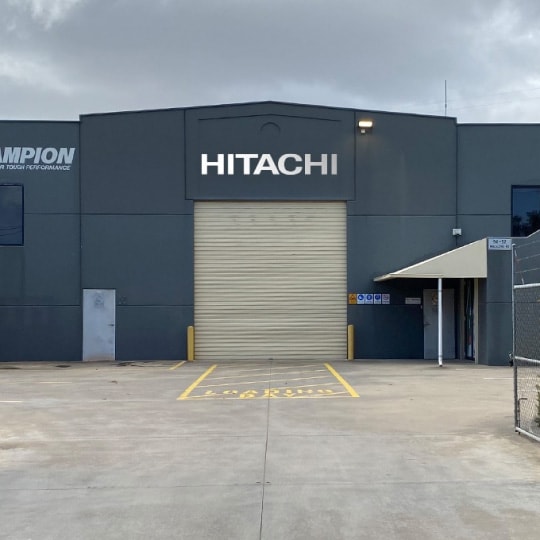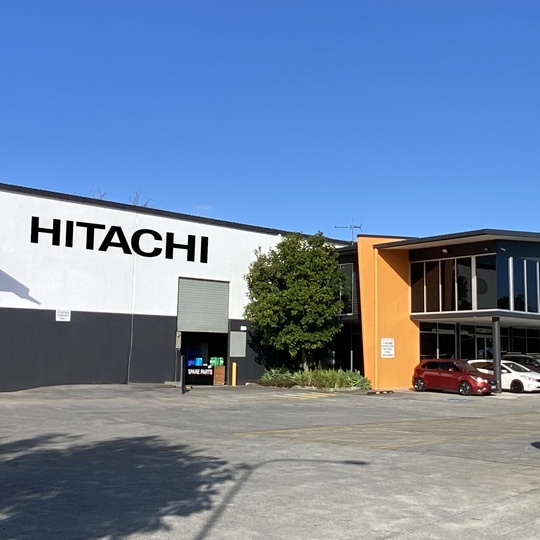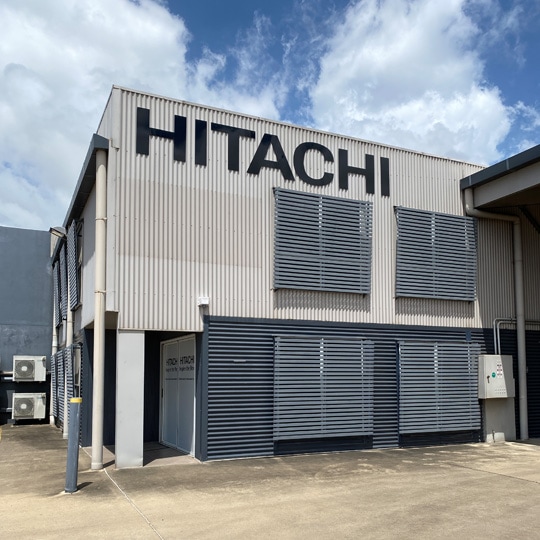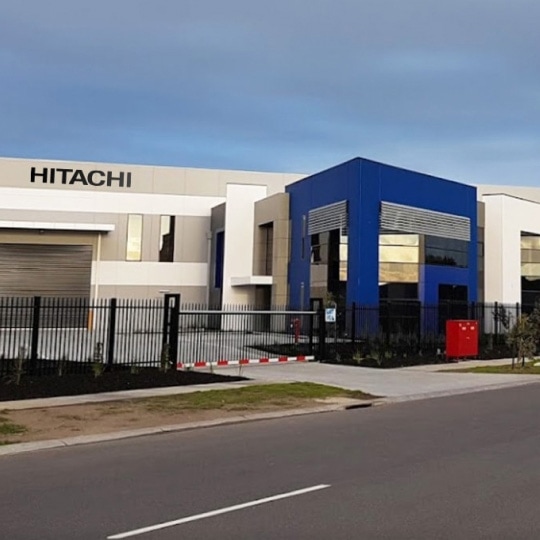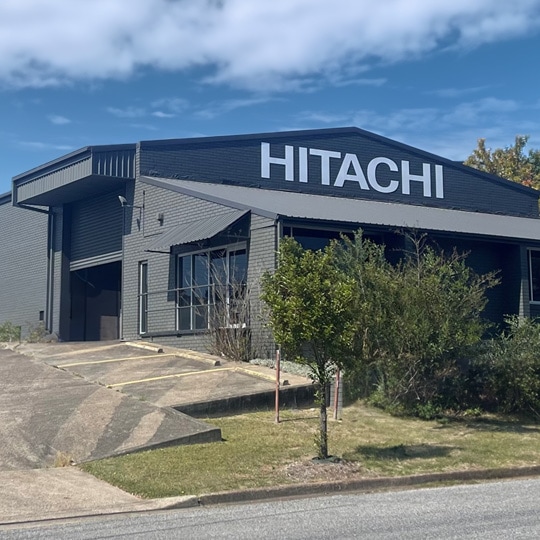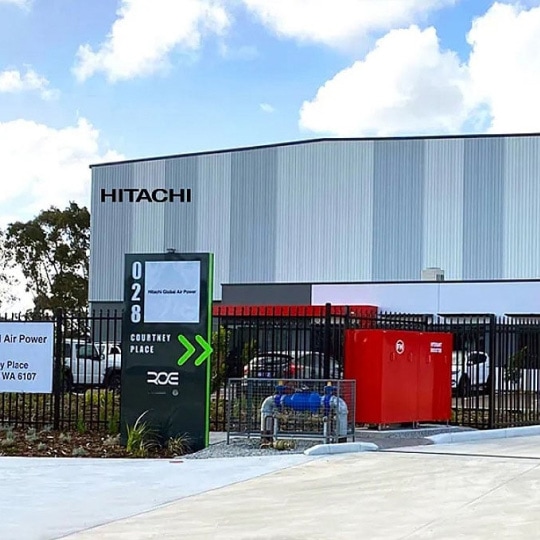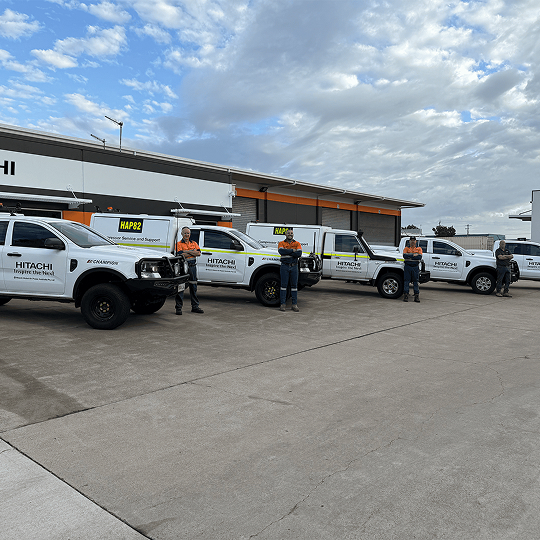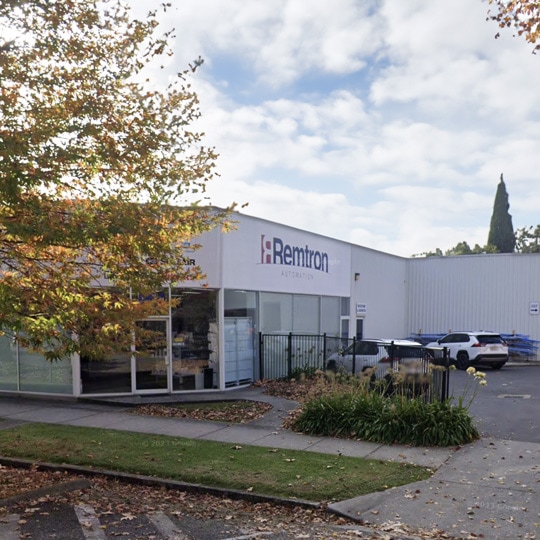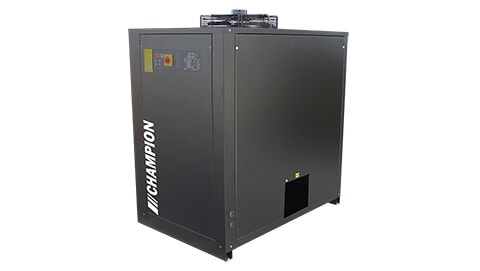
Across many industries, compressed air is an essential component in a vast range of operations.
Consistent reliable supply of compressed air is important but securing a supply of air that is clean and dry is just as critical. Air that enters a compressor from the atmosphere already contains a certain amount of moisture, the concentration of which increases considerably as the air is compressed. Compressed air becomes saturated and more likely to attract and bind contaminants. Issues such as corrosion, or a build-up of particulate matter (dirt, biological materials), oil, or condensation, can then result, impacting connecting pipelines and fittings. For food and beverage manufacturers there is enormous risk if this happens, with end product contamination potentially costing thousands of dollars in consumer reporting, product recalls, and lost productivity due to unplanned downtime and maintenance.
What dryer options should I consider?
There are a few dryer options to consider when it comes to compressor air, and dryer choice is always dependent on the specific utilisation of the compressed air and the acceptable dewpoint (or level of moisture content) for its purposes. Other considerations are the types of compressors and aftercoolers the dryer will need to be matched with, the environmental conditions and ambient temperatures the units will be operating in, the required configuration for your application and of course – reliability and energy consumption.
Refrigerated and desiccant dryers have the widest and most important applications respectively. Refrigerated dryers cover more than 80% of market needs and desiccant dryers are essential in industries where compressed air will come into contact with ingestible products and air systems. These two options also dry to different dewpoints which further classifies their industry applications.
What is a refrigerated dryer?
Refrigerated dryers are the most popular type of dryer, using a similar mechanism to a standard air conditioner in their function. They are a low cost, low maintenance machine, and don’t require huge capital investment. Air containing water particles is drawn in, cooled to a lower temperature to condense the water content into vapour and released into the compressor at a specific ‘dewpoint’ customised to the unit’s needs.
Compressed air for industrial purposes generally requires a dewpoint of between 1° and 4° Celsius and refrigerated air dryers can achieve this. Purposes that require ultra-dry air however need air to be dried at much lower temperatures, which can only be achieved with a desiccant dryer or other chemical-based dryers.
What is a desiccant dryer?
Industries that require ultra-dry, clean and uncontaminated air depend on desiccant dryers. They can be a low cost, low maintenance machine, but do require significant capital investment. In its basic form, drying occurs as air is passed over a bed of desiccant materials such as silica gel, with water molecules being absorbed out of the air, into the desiccant substance. The drying process usually occurs between two desiccant beds, with one regenerating after saturation, while the other is in use, processes which can be tracked via monitoring equipment. The completely dried air is then pushed out of the dryer into the compressor at an extremely low dewpoint – usually around -40° Celsius, but also can be down to -70° Celsius. This low dewpoint is an essential measurement for critical applications such as pharmaceutical manufacturing and food and beverage production.
Interested in finding out more?
Talk to your Sullair representative to find out more about our range of refrigerated and desiccant dryers.

